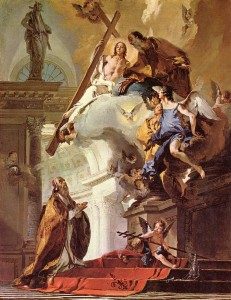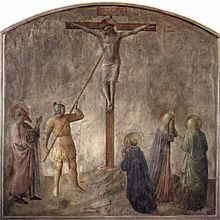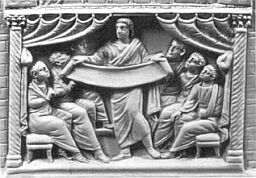From http://zochrot.org/en
A Public hearing at Zochrot, a testimony given by Amnon Neauman, a 1948 Palmach soldier describing the occupation of the Negev villages.
Initiated and organized by Amir Hallel. The testimony was video-recorded by Lia Tarachansky. Miri Barak prepared the transcription. Eitan Bronstein edited, summarized, and added footnotes. Translated to English by Asaf Kedar. Video editing by Zohar Kfir.
[youtube=http://www.youtube.com/watch?feature=player_detailpage&v=KS4OXOom_vk]
Transcript
Amnon Neumann: I was in the Second, Eighth, and Ninth Battalions of the Palmach from February 1948 until my discharge in October 1949. I was there for this whole period, except for a few months after I had been wounded and after my father had passed away.
The most significant period for me in terms of the Nakba was April-May 1948, when the battles or clashes with the locals took place, until the Egyptian army arrived. At first we escorted convoys traveling on the road from ‘Iraq Suwaydan, from Rehovot, [through] ‘Iraq Suwaydan, Kawkaba and Burayr, to Nir-‘Am where our company headquarters were located. Then an armed group of Arabs situated itself in Burayr and didn’t let us through, so we took a different route, from near Ashdod where Isdud was located, through Majdal, Barbara, Bayt Jirja, to Yad Mordechai. From there we drove to Nir-‘Am. Those were the two routes [we used] until the Egyptian army arrived. When the Egyptian army arrived, it was a completely different situation.
The Egyptian army arrived when we had wiped out all Arab resistance, which wasn’t that strong. It would be an exaggeration to say we fought against the Palestinians… in fact there were no battles, almost no battles. In Burayr there was a battle, there were battles here and there, further up north. But there were no big battles; why? Because they had no military capabilities, there weren’t organized. The big battles started with the entry of the Egyptian army, and those were very difficult problems, especially from May 15th, when we were still an organized army—the Palmach—semi-military. But their soldiers were organized by British methods, they fought like the British. But they had no leadership and they had no motivation. So when they attacked, it was very lousy, they hardly knew how to attack, but they did know how to defend themselves. They knew they were fighting for their lives. But as far as all the rest, it was a fifth-rate army. They had terrible cannons that killed us like hell. They had all kinds of tanks of different types, and they were a problem for us. We didn’t have anything, we had armored vehicles, those fluttering ones that were impossible to fight with, not against tanks and not even against a halftrack, right? But we more or less managed with them.
The villagers’ flight, and I understand this is the main issue here, happened gradually. I only know about what happened from the ‘Iraq Suwaydan road, [through] Majdal, to ‘Iraq al-Manshiyya. We were to the south of this area, and to its north there was the Givati Brigade. The day the Egyptians entered the war, the Negev was cut off and that was mostly our fault, my platoon’s fault… I’ll say more about it later. But that wasn’t significant. The Egyptians’ attacks were significant. They beat the hell out of us and killed us mercilessly.
The villagers’ flight started when we began cleaning these convoy escort routes. It was then that we started to expel the villagers… and in the end they fled by themselves. There were no special events worth mentioning. No atrocities and no nothing. No civilians can live while there’s a war going on. They didn’t think they were running away for a long period of time, they didn’t think they wouldn’t return. Nor did anyone imagine that a whole people won’t return. Continue reading “Lest we forget never know: The Nakba”
Like this:
Like Loading...







